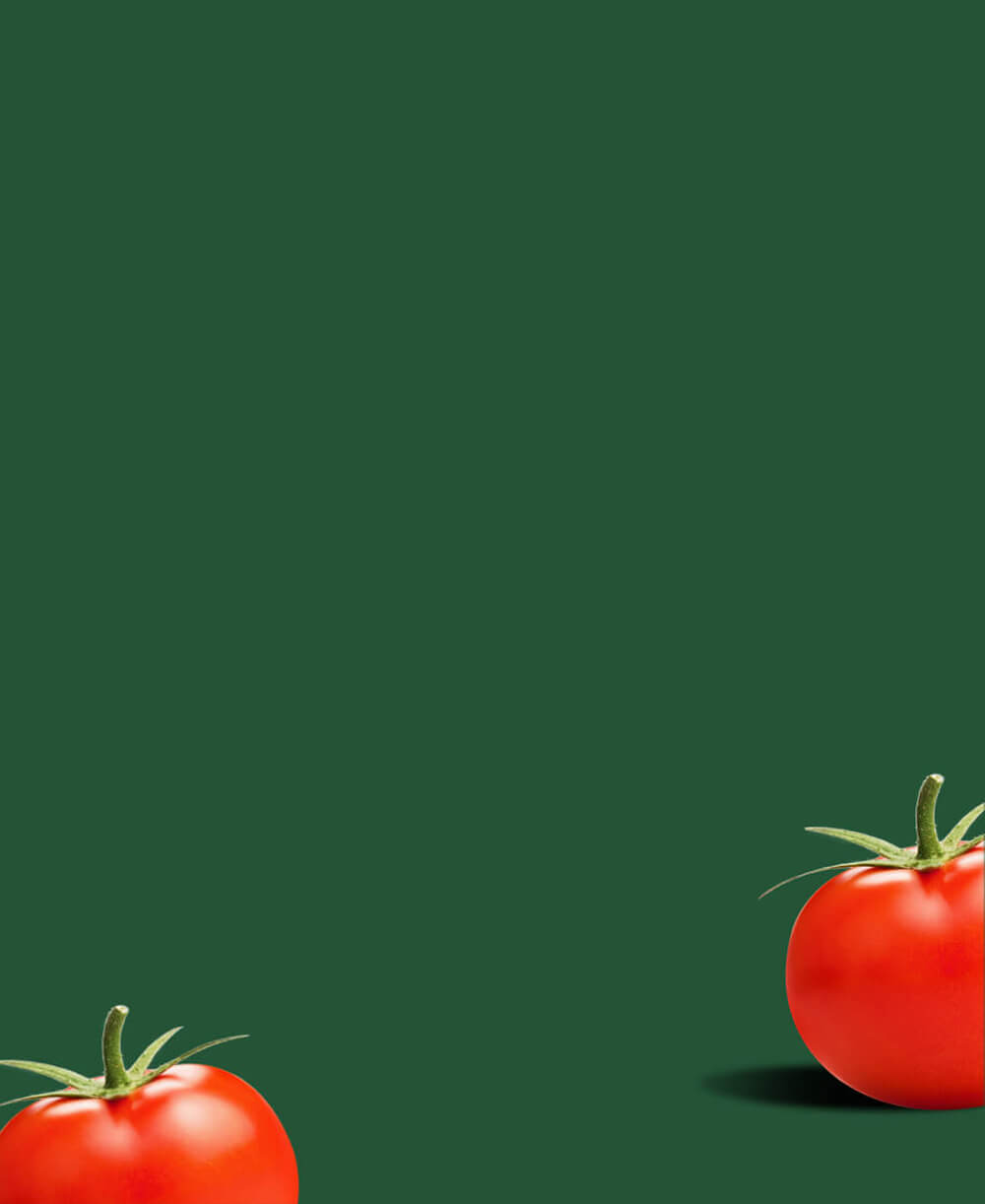Enjoy 15% off your first purchase
Sign up for email updates and save 15% on your next order!
Success! Please check your inbox and spam folder to confirm your subscription.
Free Shipping on orders over $50!

Enjoy 15% off your first purchase
Sign up for email updates and save 15% on your next order!
Success! Please check your inbox and spam folder to confirm your subscription.
Free shipping on orders over $50
There are no items in your cart.
Start shoppingCustomer favorites
Order Summary
(0 items)
Subtotal
$0.00
Taxes and shipping calculated at checkout
You have $50.00 left until free shipping.
You have qualified for Free Shipping
Secure SSL Certificate & PCI compliance
No products found.